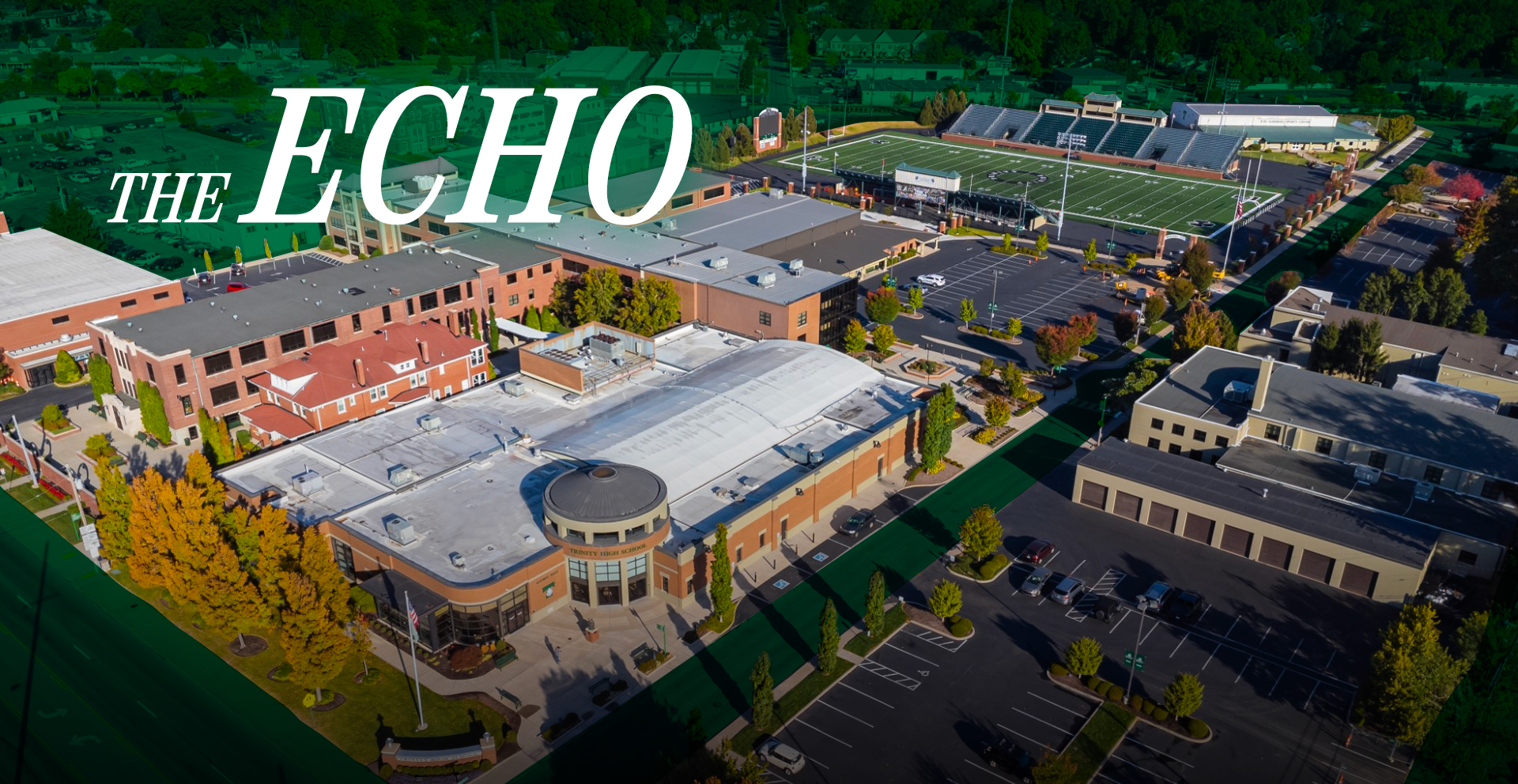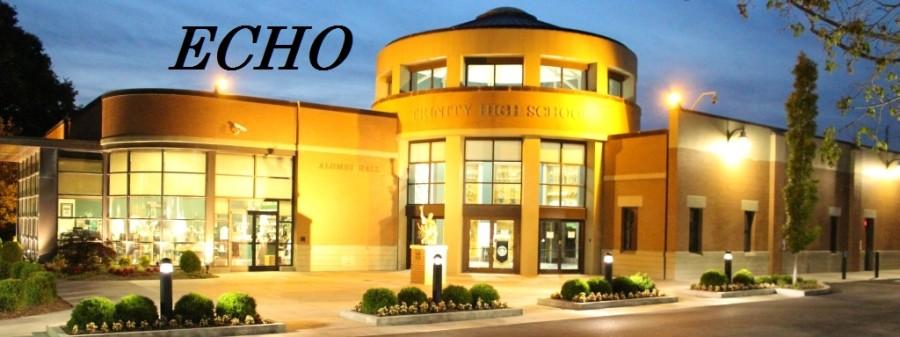A Tale of Two Cities — Louisville’s Economic Divide
February 24, 2016
A tale of two cities. For many, Louisville’s economy is on a steady rise with local businesses sprouting up. The local economy is booming in parts of NuLu, the Highlands, and Frankfort Avenue. If you go past the downtown area, past the science center, and a little bit off U of L’s campus, you’ll see a very different ballpark.
Let’s face it, in many ways Louisville’s economic infrastructure is insecure, especially for local businesses in the West End. But it wasn’t always like this. In the ‘40s into the early ‘60s, African-American-owned businesses were booming in Portland; this is no longer the case.
At one time Portland might have been compared to today’s Bardstown Road. Portland thrived on local mom-and-pop shops for food and music. Most of these businesses tanked due to an economic shift that essentially cut off funds to that part of town. Lower-income families, both white and black, then moved into Portland. Today about 70 percent of the area is white, and about 40 percent of the families make less than $15,000 a year. In comparison, the city of St. Matthews, 90 percent white, has a median income of more than $40,000.
Portland is not the only part of the West End that does not have sit-in restaurants. In fact, much of the area does not have any local business backing whatsoever. In the Portland/California area (south of Broadway and west of 9th Street), you find mostly corporate-owned establishments — which helps the local economy but not as much as local joints in NuLu or the Highlands.
There are signs of innovation in Portland. A new restaurant called The Table has opened with an unusual way of operating. The Table has a fantastic menu, and the prices are even better. Customers pay what they can afford. Of course, there are reasonable preset prices, but if a customer has only a couple of dollars, they’ll accept that as payment. This helps those who can’t afford the businesses downtown or in NuLu.
The area is receiving some assistance from groups like the Network Center for Community Change. Ms. J. J. Davidson has worked to help West Louisville for almost 25 years.
He said, “I’m a consultant for the company. We help non-profit organizations to improve neighborhoods.”
Those organizations include the Louisville Urban League on 15th and Broadway as well as 15,000 Degrees and 55,000 Degrees, non-profits run by volunteers. The point of those volunteer groups is to help African-American students get college degrees.
Davidson said, “I do work for those clients as well as clients out of state, specifically ones in Texas and Washington, D.C. The one in Texas is called East Levitt Promise Neighborhood, located in Levitt, Texas. The one in D.C. is the Center for the Study of Social Policy, which does system reform work.” Both clients have the same kind of issues that Louisville faces.
Some have posed questions about why the predominantly white Portland area is receiving assistance before slightly more impoverished, predominantly black neighborhoods?
“It’s a hard question to ask,” Davidson said. “I think there are plans to move into other neighborhoods. But there are a lot of tough things in West Louisville that are about race –generations of systemic, market-driven, racial disparity that have gotten us here, I’m not sure that the gentrification of Portland is in that decision making, but I think because there have been so many racial disparities over the years — many of them perpetrated by the government and marketplace — that you can’t ignore race in it. I don’t really think that the people who are involved in the Portland project are like, ‘Let’s go to Portland because there are more white people’; it’s more about history.”
It may be easier to think that that is the reason, but many see Louisville as a place that still segregates people. How much of the huge economic divide in this city is about race?
As Davidson put it, “There is a lot of mistrust, cluelessness, a lot of fear. People are afraid of doing or saying the wrong thing, which leads them to doing absolutely noting about it. It is the right question to be asking. We just have to stay after it.”
Part II will explore further the economic divide in Louisville.

